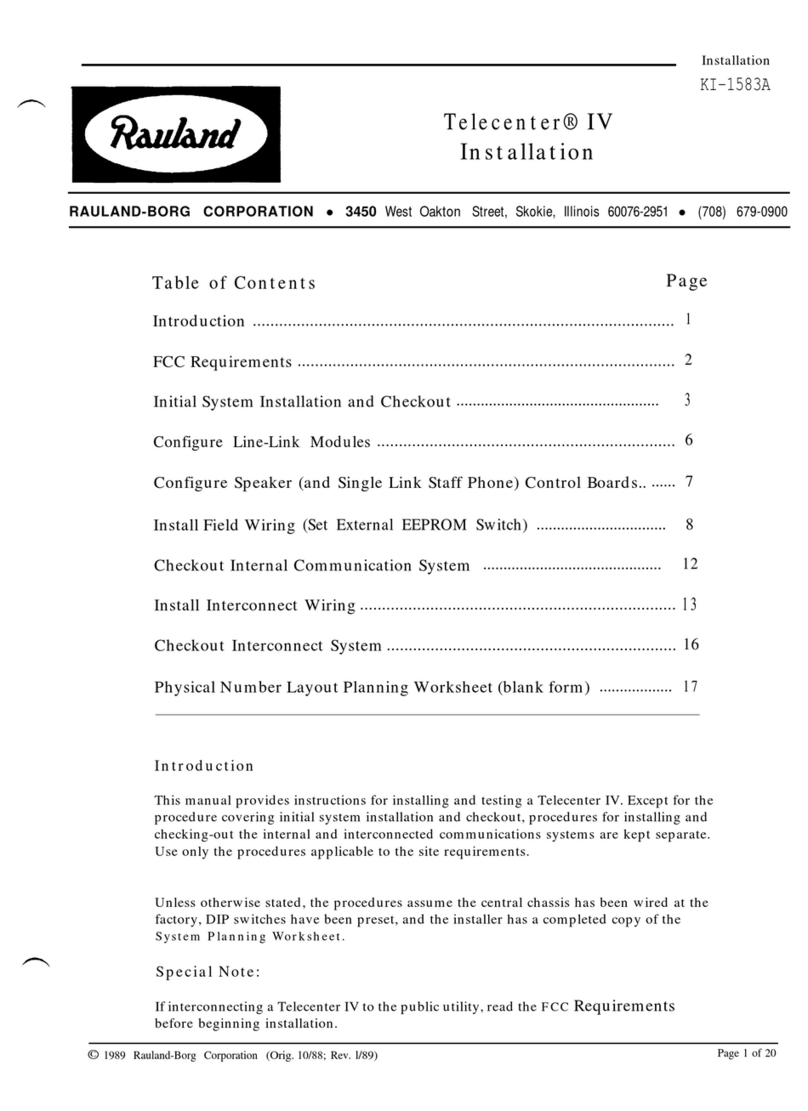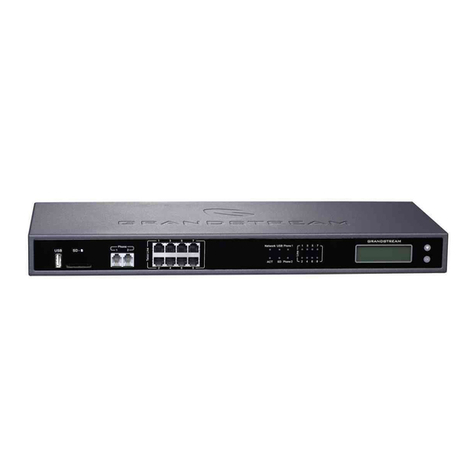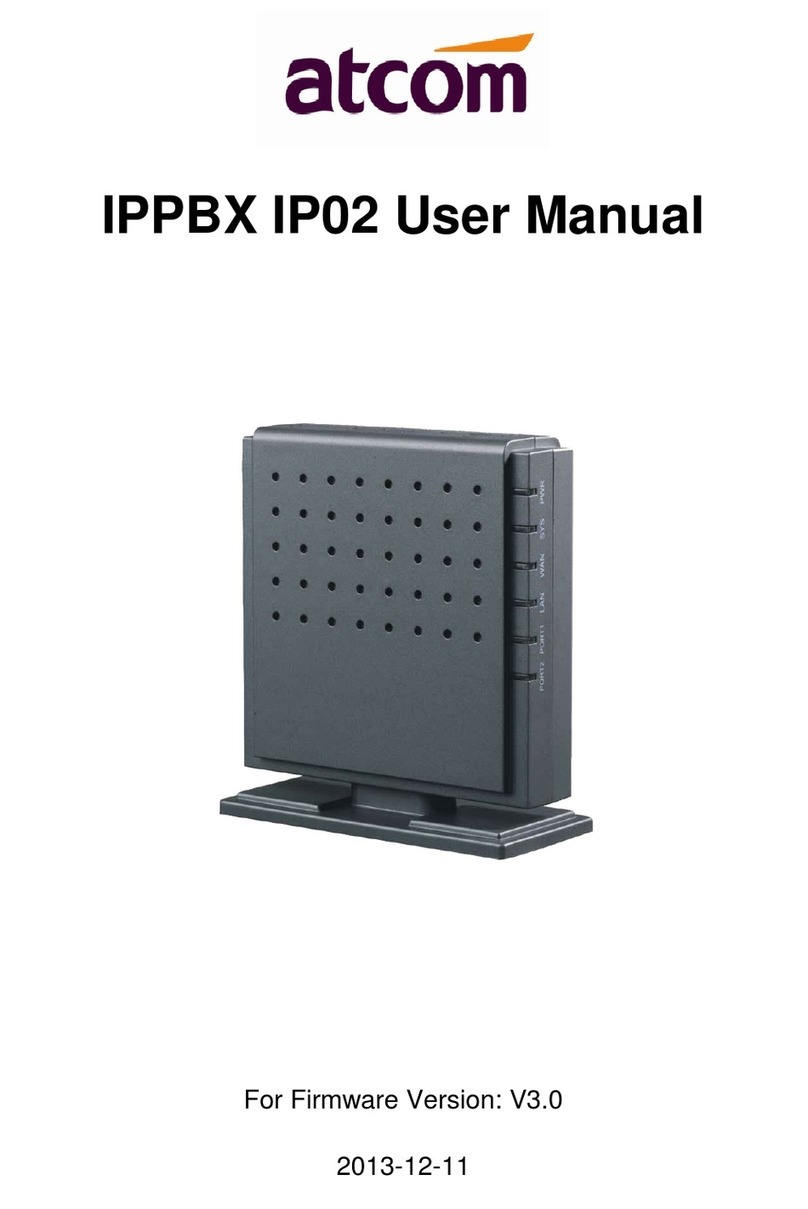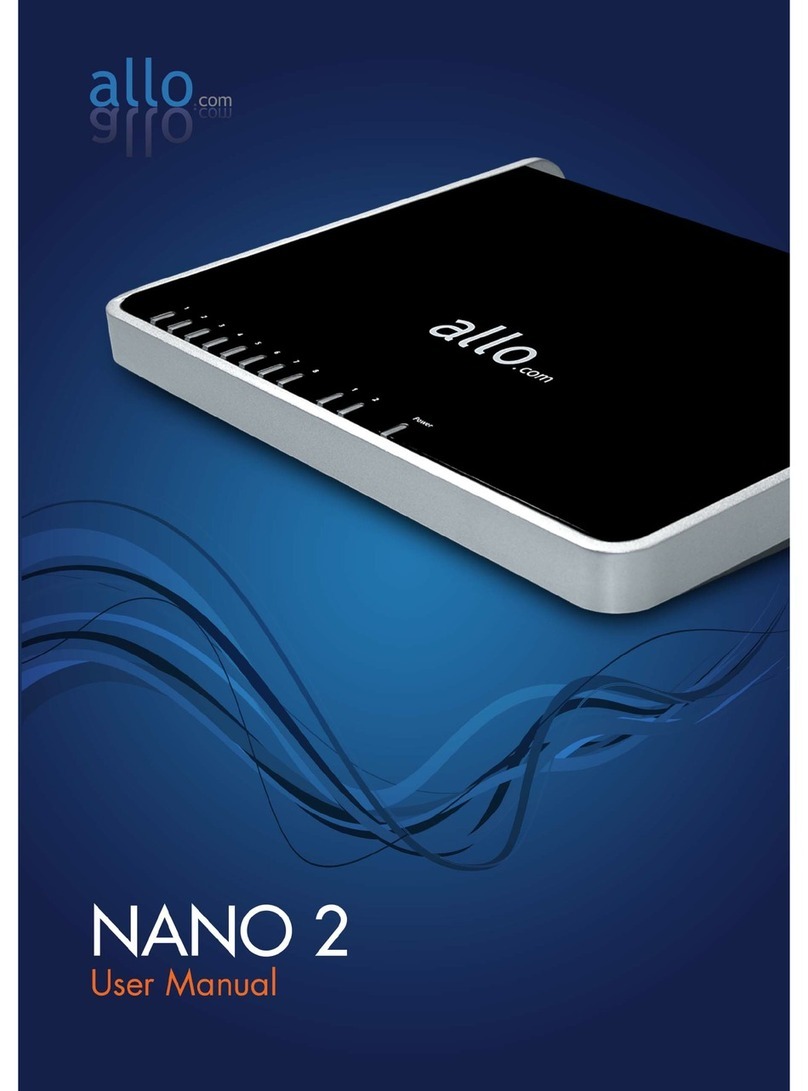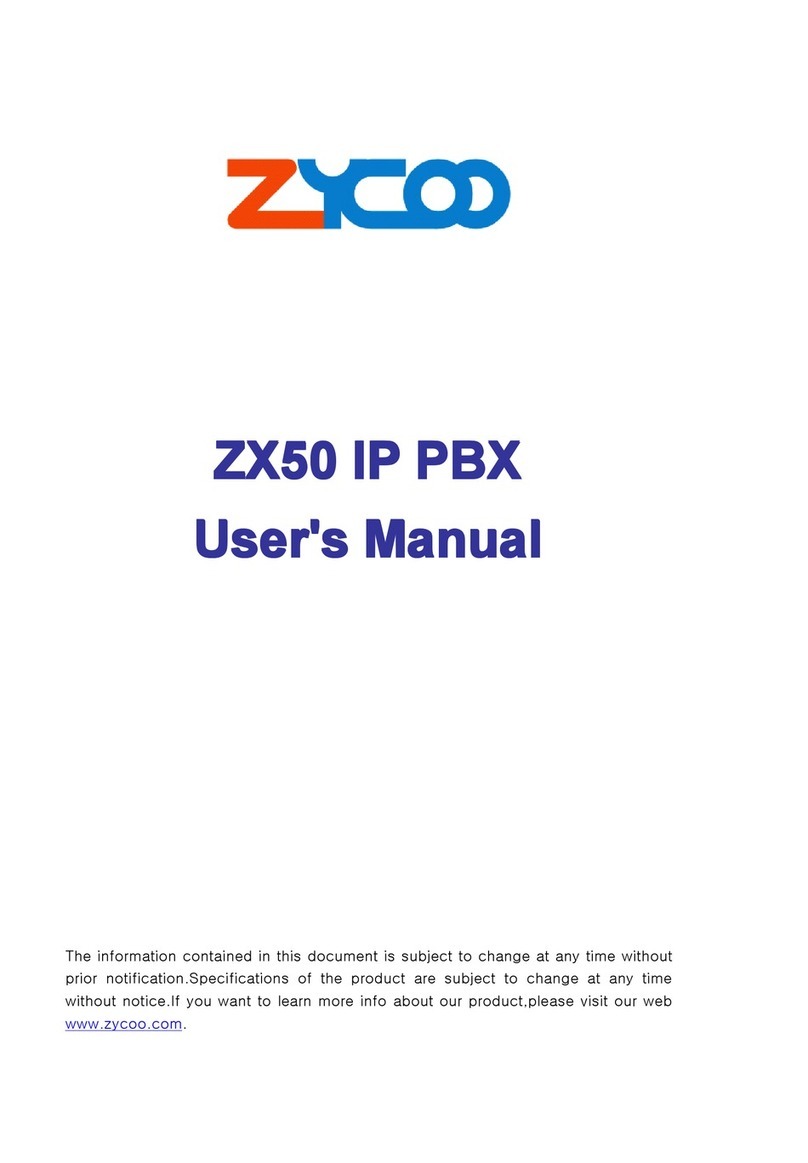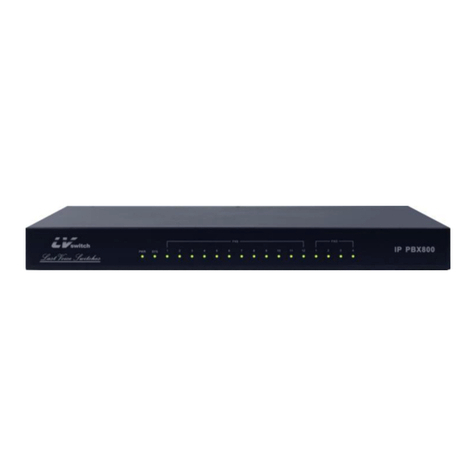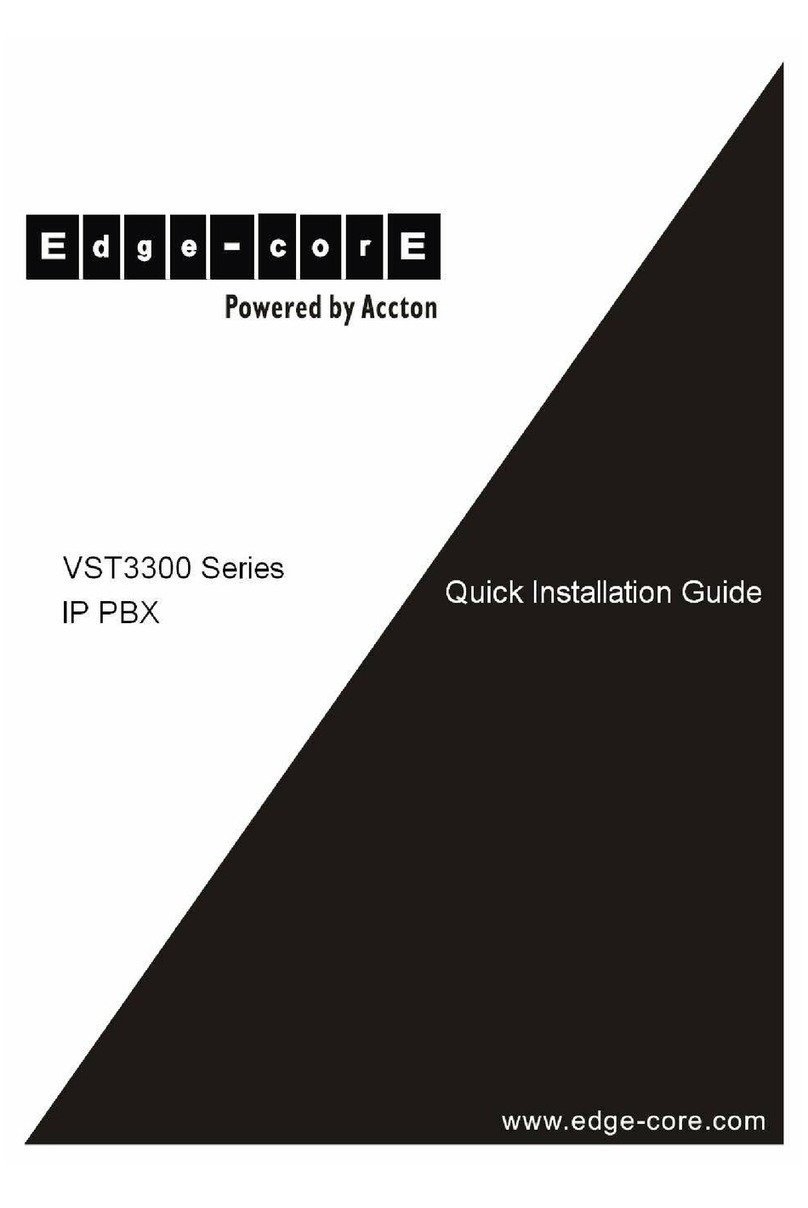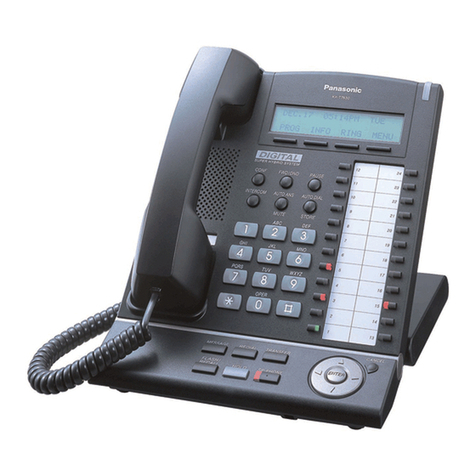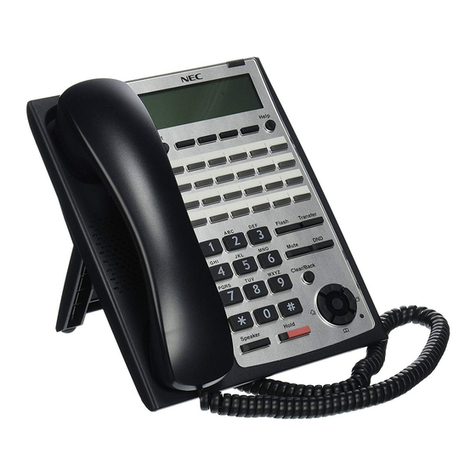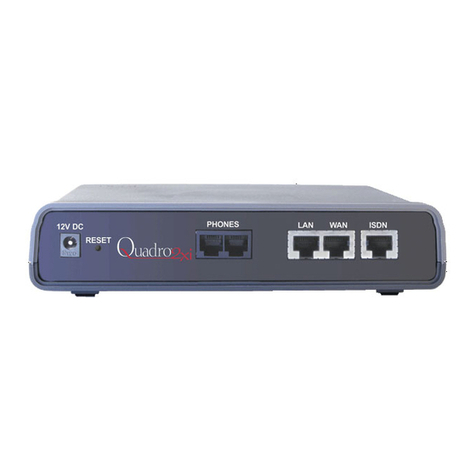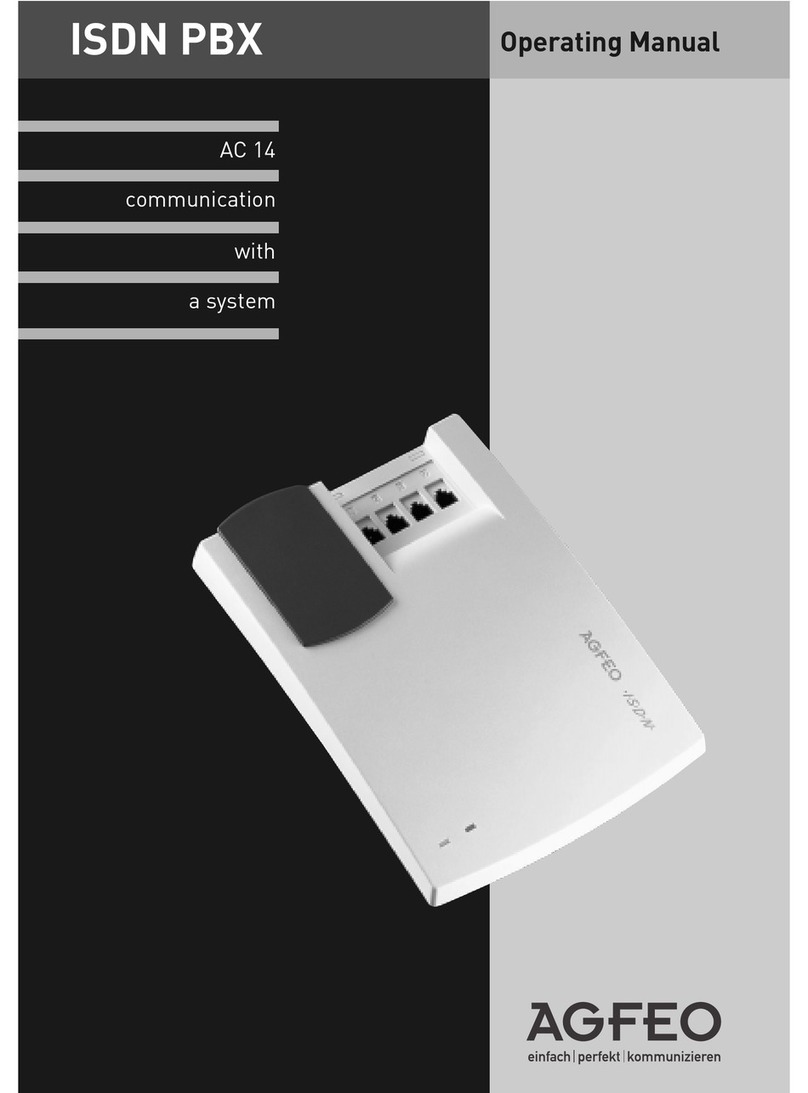Page 6 © 2012 snom technology, Inc.
Log In
To log in to the web interface of the snom ONE mini:
1. Point your web browser to the following address:
http://[fe80::204:13ff:fe44:xxxx]
This IP address is an IPv6 link-local IP address and will work as long as
your computer is connected to the same LAN as the snom ONE mini.
The address depends on the device’s MAC address, which is located
on the label on the back of the device. The last four digits (which in the
example above are indicated by xxxx) are unique for your snom ONE mini
device, while all other digits are the same for all snom ONE mini devices
because they belong to the same MAC address range (000413440000
to 00041344FFFF). For example, if your device has a MAC address of
0004134485DC, point your web browser to the following address (use
lowercase when entering the last four digits).
http://[fe80::204:13ff:fe44:85dc]
2. The login screen for the snom ONE mini is displayed. Log in with the
username admin and no password.
Accept the License Agreement
To license the product:
1. Switch to the administrator mode by clicking the Admin link on the top right
side of the page.
